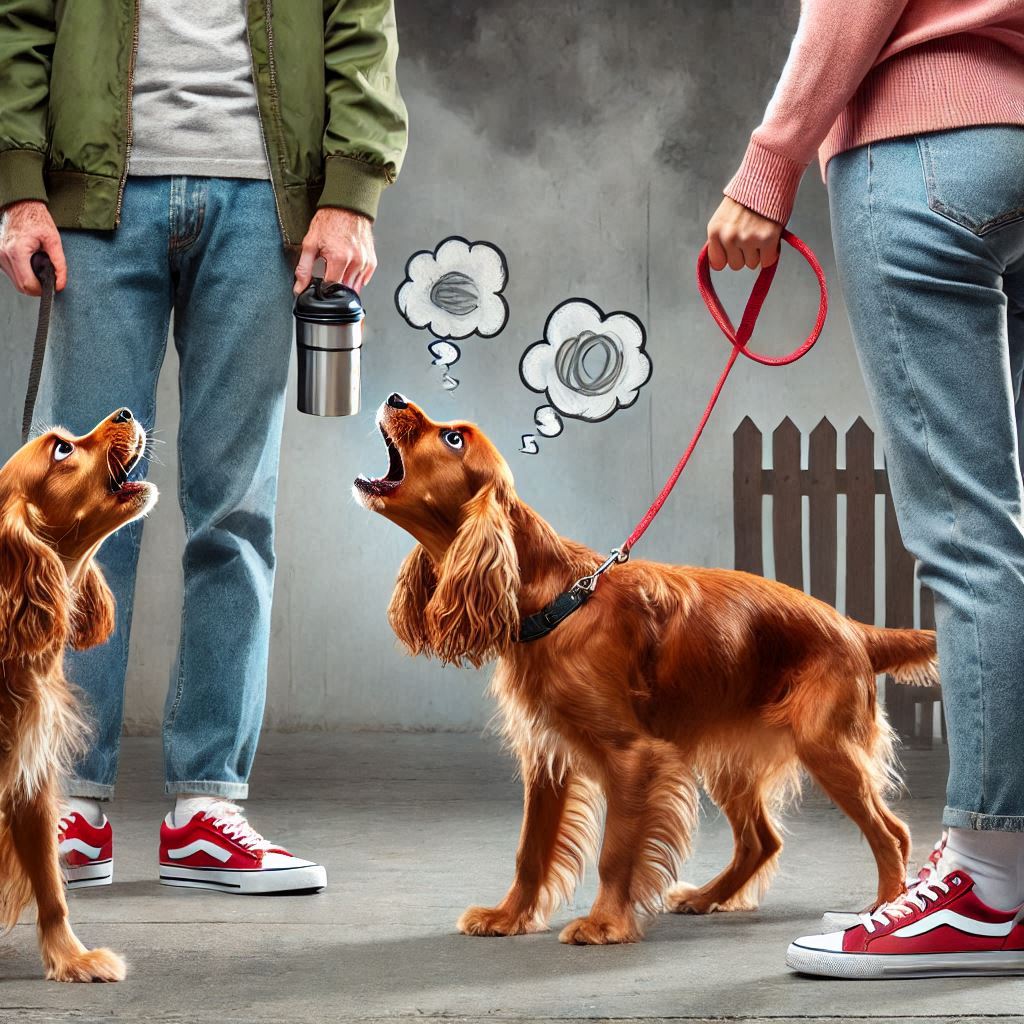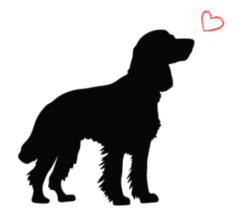Have you been following our “Walk Your Dog Month” posts, thinking, “That’s great, but you have no idea what my walks are like. It’s not that easy”? If so, you’re not alone.
You love the idea of a peaceful stroll with your best friend, but reactivity makes it feel impossible. Let me start by saying: You’re not the only one. It’s not your fault. People will always pass judgment, often unfairly.
I understand what you’re going through. One of my spaniels is what I’d describe as hyper-vigilant, which leads to poor reactions toward certain dogs, especially those that make direct eye contact. Reactivity can develop for many reasons:
•Genetics: An anxious mother, either naturally or due to stress while in pup.
•Poor socialization: Missed opportunities to experience the world positively as a puppy.
•Negative experiences: Particularly during the second fear imprint stage.
•Hyper-vigilance or anxiety: A predisposition to overreact to stimuli.
Many of us have encountered off-lead dogs whose owners cheerfully say, “Don’t worry, my dog is friendly!” But when we try to warn them, we’re often ignored—or worse, criticized.
Comments like, “Control your dog!” or “If you trained your dog, they wouldn’t act like that,” are frustrating and hurtful, we go home upset, stressed and sometimes wishing we had never gone out. Unfortunately, these judgments are common, whether well-intentioned or not.
Let’s focus on what you can do to make walks less stressful for both you and your dog.
Getting Started:
Equipment:
With so many pieces of equipment available, it’s easy to feel overwhelmed. Prioritise equipment that your dog feels comfortable with, starting with a non-restrictive, two-point ‘Y’-shaped harness. If your dog requires a muzzle for safety, consider professional fitting and follow a gradual muzzle training program. Never simply put a muzzle on your dog and expect them to accept it without preparation.
Mindset Matters.
Your mental state has a significant impact on your dog. Dogs are highly intuitive and pick up on your energy. If you’re tense, they may assume there’s something to worry about.
Before heading out:
- Practice deep breathing to calm yourself.
- Think positive thoughts, your attitude sets the tone for the walk. NEVER UNDERESTIMATE THE POWER OF POSITIVE THINKING!
If driving to your walk location, give your dog a moment to decompress after exiting the car. Engage them in a simple scent game—scatter kibble or treats on the ground and let them sniff to find them. This can release calming chemicals in their brain and sets a relaxed tone.
Consider Walking with a Friend.
If your dog gets along with another calm dog, walking together can have a soothing effect. This can be particularly helpful for building confidence in anxious dogs.
Managing Triggers.
When you encounter potential triggers on your walk, it’s crucial to manage the situation proactively.
- Keep moving: Never force your dog to remain still, as this removes their option to retreat and may escalate their fear.
- Adjust your route: Use the following strategies to handle encounters:
Option 1: Create Distance If space allows, arc away from the trigger, keeping your dog on the side farthest from it. Use a cue like “Let’s go” to keep them focused on moving forward. Once you’re past the trigger, reward their calm behaviour with treats or verbal praise.
Option 2: Step Aside Find a safe spot to move out of the way, remember SPACE. Position your dog so they’re facing away from the trigger and engage them with a scatter feeding game. Once the trigger has passed, praise and reward their calm behaviour.
Option 3: Make a U-Turn If space is limited, turn around and walk to a safer area. Reward your dog once the trigger has passed.
Engagement Games
Incorporating games during walks helps redirect your dog’s focus toward you:
•Hand Touch/Targeting: Teach your dog to touch their nose to your hand on cue.
•Peek-a-Boo (Middle): Have your dog stand between your legs for security.
•Watch: Use a cue to encourage eye contact, building their focus on you.
Seeking Professional Help
While these techniques can help manage reactivity, they’re temporary measures. A qualified professional can assess your dog’s behaviour, rule out health issues, and develop a personalized training plan.
Final Thoughts
You can’t control everything around you, but you can control your response.
Remember:
Stay positive and calm.
Ignore judgmental comments.
Celebrate small victories with your dog.
Enjoy your walks together—because even the smallest steps forward are worth celebrating.

